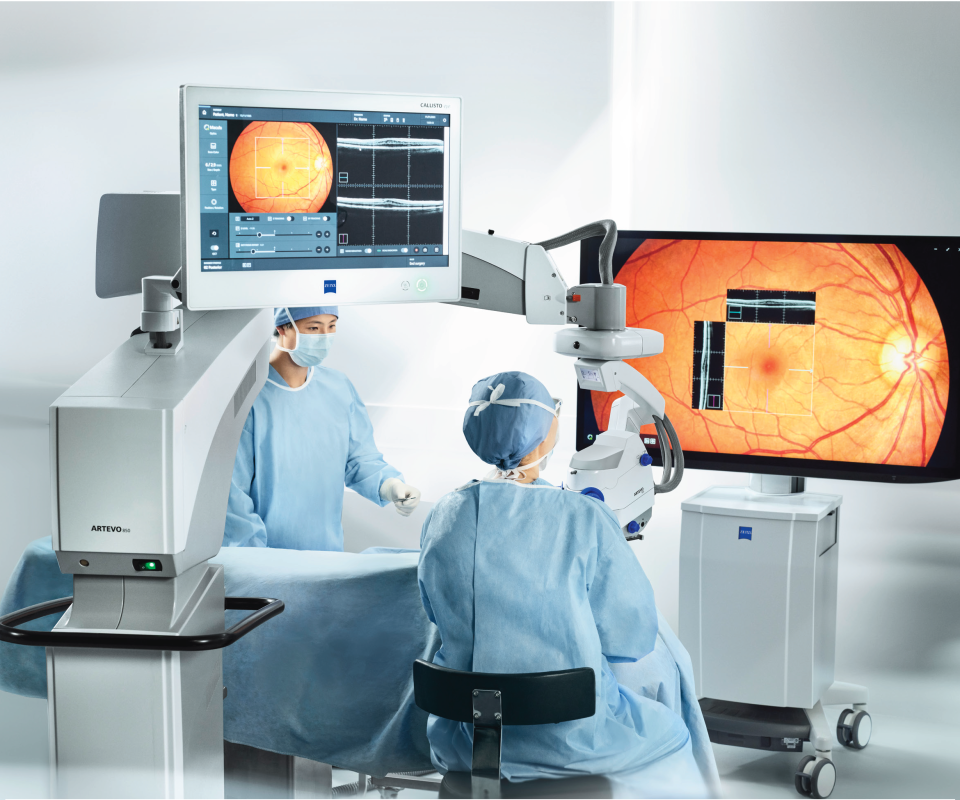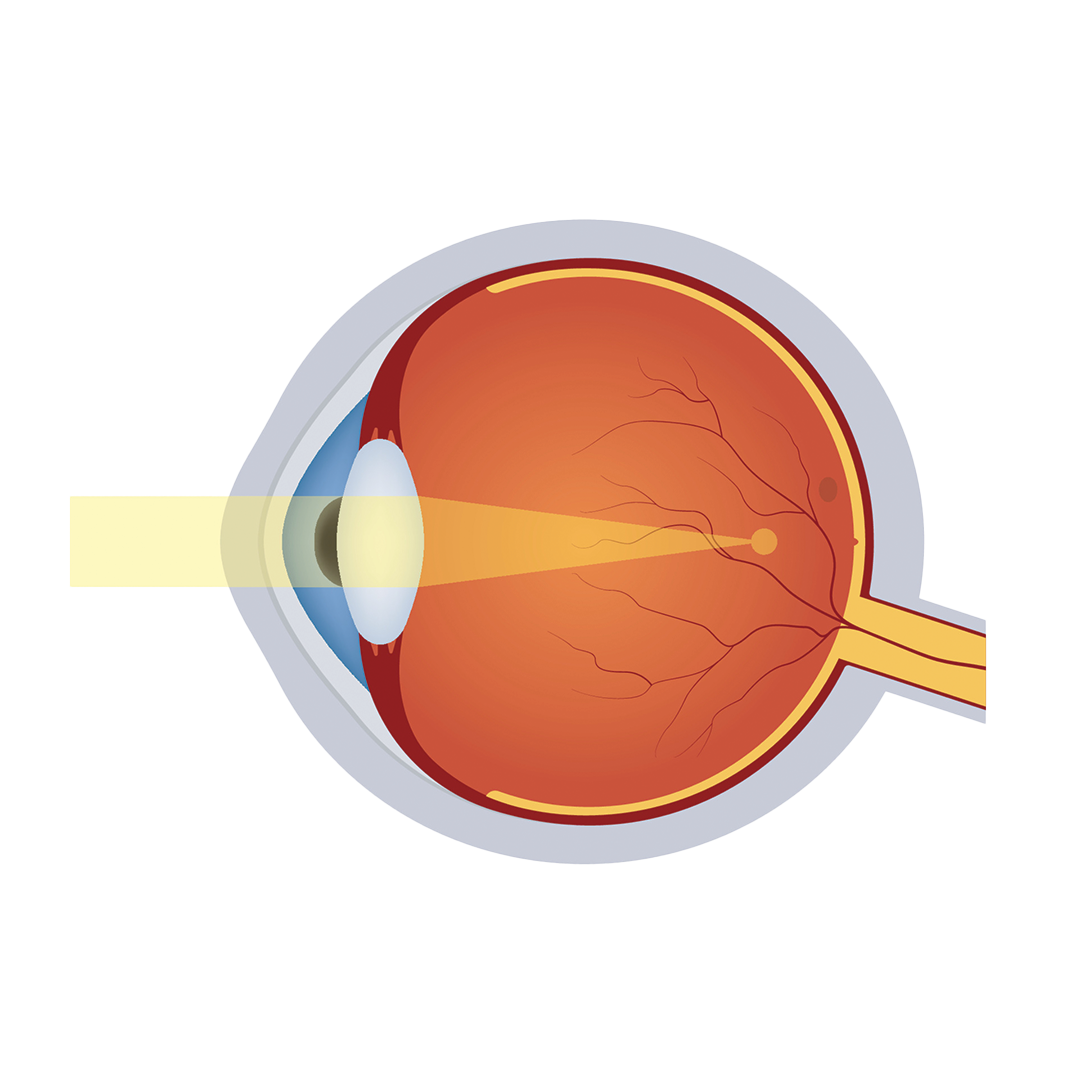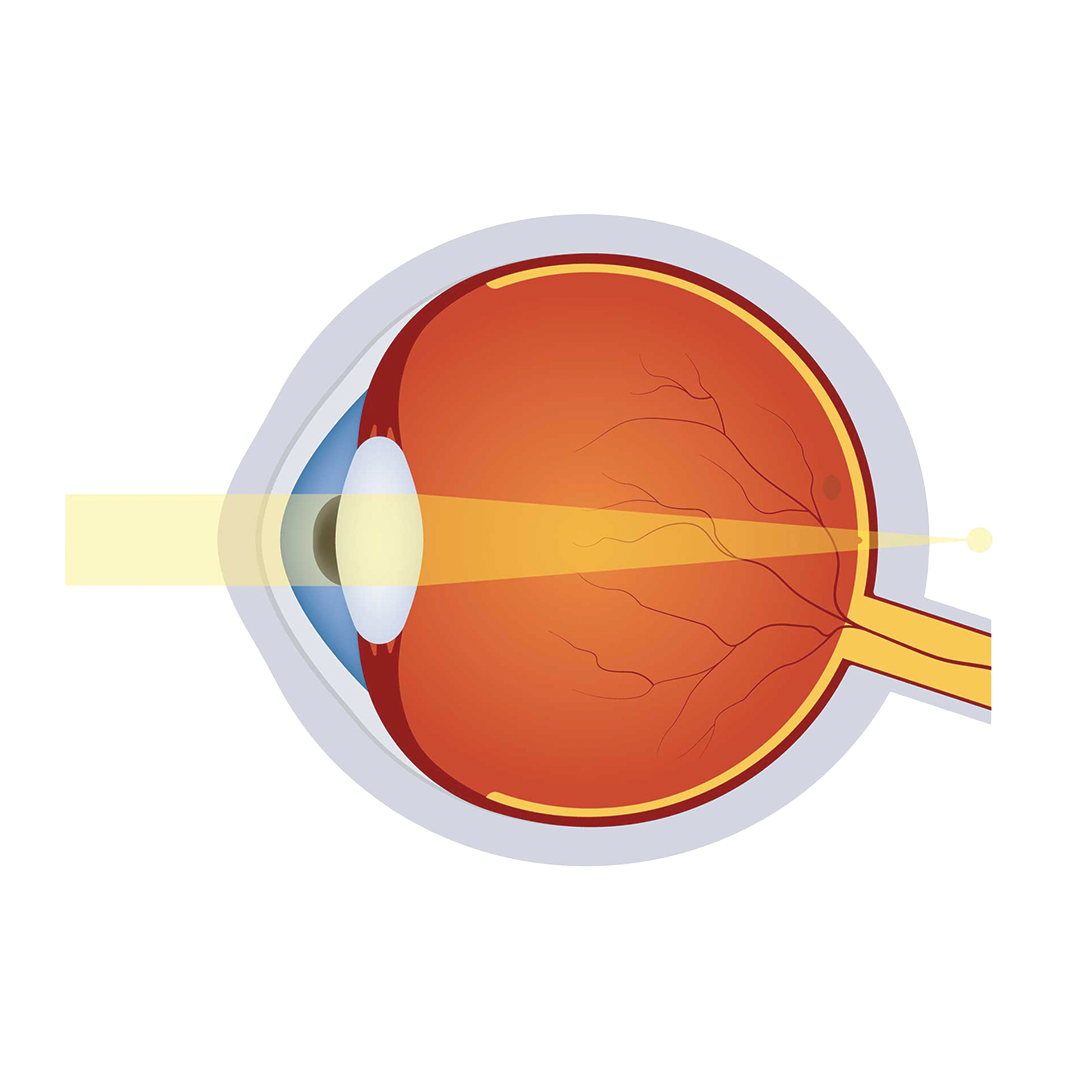Refractive Laser Eye Surgery
When researching Laser Eye Surgery, you might come across names like UltraLASIK, Accu-Wave LASIK, Custom LASIK, Wavefront LASIK, and Zyoptix. Although these sound different, they are variations of the same core treatment, often differentiated by the technology or enhancements offered by each clinic.
There are three primary types of Laser Eye Surgery procedures:
1. PRK / Epi / LASEK
2.LASIK
3.SMILE Pro
This comprehensive guide will help you understand how each works, their benefits, and which one might be best suited for you.

How Laser Eye Surgery Works?
All forms of Laser Eye Surgery share one fundamental principle, reshaping the cornea using laser technology. By removing or adjusting corneal tissue, surgeons can change how light enters the eye, thereby correcting refractive errors such as:

Myopia
Myopia, or Near-sightedness, is a common vision condition in which near objects appear clear, but objects farther away look blurry.

Hyperopia
Hyperopia, or far-sightedness, is when one can see things that are far away better than things that are up close.

Astigmatism
Astigmatism is a common, and generally treatable, vision imperfection in the curvature of the eye that causes blurred distance and near vision.
Types of Laser Vision Correction Surgeries

PRK
PRK (Photorefractive Keratectomy) is the earliest form of Laser Eye Surgery. It involves completely removing a small portion of the epithelium, which is later replaced as the eye heals. A protective contact lens is placed over the treated area to aid recovery.

LASIK
LASIK (Laser-Assisted In Situ Keratomileusis) is the most common and widely performed Laser Eye Surgery. Instead of removing the surface layer, a thin corneal flap is created using a precision laser. This flap is lifted to reshape the tissue beneath and then repositioned. Healing begins almost immediately, and no protective lenses are required.

SMILE
SMILE (Small Incision Lenticule Extraction) is the newest and least invasive advancement in Laser Eye Surgery. Instead of a flap or surface removal, a tiny keyhole incision is made, and laser pulses create a small, removable lenticule within the cornea. The tissue is extracted through this micro-opening, allowing for faster healing and minimal discomfort.
SMILE Pro Plus represents the latest innovation in Laser Eye Surgery. Performed using the state-of-the-art VisuMax laser, it avoids both surface removal and flap creation, providing unmatched precision and comfort.
The VisuMax laser uses 3D mapping to deliver ultra-fine pulses (each less than one-thousandth the width of a human hair), forming microscopic bubbles that create a tunnel to the target tissue. The entire procedure takes less than four minutes, offering the fastest recovery time among all laser techniques.
Benefits of SMILE Pro Plus
- Safe and Comfortable: Minimal invasiveness preserves corneal strength and reduces common side effects like dry eyes.
- Quick Recovery: Most patients resume normal activities within days.
- Broader Eligibility: Ideal for those with thin corneas, high prescriptions, or mild dry eyes.
Limitations
- Not for All Prescriptions: May not suit patients with severe hyperopia.
- Technology Access: Only select advanced eye hospitals are equipped to perform SMILE Pro Plus.
Approved in the late 1990s, LASIK revolutionized eye surgery and remains the most popular refractive procedure worldwide.
Benefits of LASIK
- Faster Recovery: Patients typically return to normal activities within 1–2 days.
- Enhanced Vision Quality: Wavefront-guided LASIK can correct higher-order visual imperfections, improving overall clarity.
- Proven Results: High success rates and long-term stability.
Considerations
- Procedure Variations: With many LASIK versions available, patients should choose a clinic that is transparent about technology and pricing.
- Temporary Side Effects: Mild dryness or night vision disturbances may occur but usually resolve within a few months.
Although less common today, PRK and LASEK are still valuable options for patients unsuitable for LASIK or SMILE, such as those with thin corneas, corneal scars, or loose epithelial tissue.
Advantages
- Suitable for a wide range of refractive errors
- A safer choice for patients unable to undergo flap-based surgeries
Disadvantages
- Longer Healing: Surface recovery takes 7–14 days.
More Post-Operative Discomfort: Managed effectively with prescribed medications and lubricating drops.
FAQs
Got any questions regarding your condition, or our solution? We would be happy to answer! For any more questions, Contact us!
